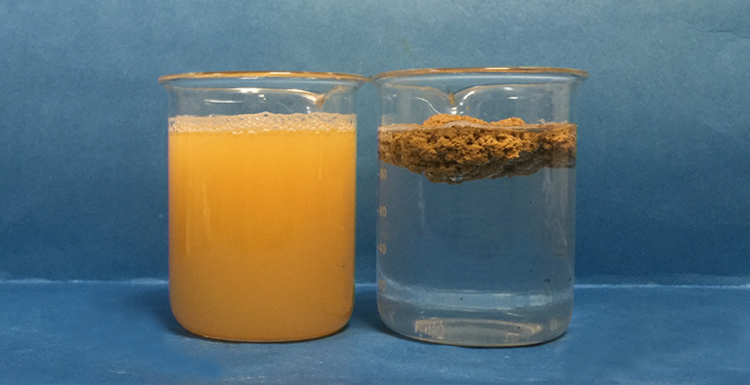
The difference of anionic, cationic and Non-ionic polyacrylamide
March 27, 2018
Polyacrylamide is not the only acrylamide unit, the acrylamide unit is mostly called polyacrylamide. Thus, polyacrylamide may contain structural units that can be ionized or hydrolyzed in water to carry charges. As a result, there are cationic, anionic, non-ionic, amphoteric ion type of various polyacrylamide anionic polyacrylamide。(The chain with sulfonic acid base, with negative points) and cationic polyacrylamide (the chain with Quaternary ammonium cationic, with the hot) because of the electrical differences, so the selection of adsorption and bridging the dot particles are not the same AH. Cationic polyacrylamide through electrostatic action, the number of negatively charged colloidal particles or surface charge of the particles adsorbed on its chain, the dispersed small particles into large particles, played a flocculation and filter action. Similarly, anionic polyacrylamide bridging is a plurality of positively charged colloidal particles or particles.
The following conclusions can be drawn through experiments and practical applications:
polyacrylamide anion type Pam is suitable for high concentrations of positively charged inorganic suspensions, as well as coarse suspended particles (0.01-1mm), with a ph value of neutral or alkaline solution.
Polyacrylamide cationic Pam is suitable for suspending materials with negative charge and organic matter.
Polyacrylamide nonionic Pam is suitable for separation of suspended solids in organic and inorganic mixtures, and the solution is acidic or neutral.
Polyacrylamide amphoteric ion Type Pam is suitable for treatment of suspended solids and variable PH value.
Cationic polyacrylamide is mainly used in sludge dehydration of urban wasterwater treatment industry, such as Production of grain alcohol wastewater, papermaking wastewater, brewery wastewater, monosodium glutamate wastewater, sugar wastewater, high organic content wastewater, beverage wastewater, textile wastewater and dyeing wastewater ,etc. As a coagulant agent sludge dehydration agent. In addition, Cationic polyacrylamide can also be used as an oil field chemical additive, such as clay anti swelling agent, thickening agent for oil acidifiaction and paper making reinforcing agent.
Anionic polypropylene is mainly used to deal with neutral suspension with inorganic solid. In mining for coal washing water clarification and flotation tailings, plant filter, tailings (residue) dehydration, flotation tailings thickening and filtering to clarify, concentrate and hot potash solution and flotation processing liquid clarification, fluorite and barite flotation tailings clarification, are also used in processing of the original brine salt, clarification of sludge dewatering, and phosphate recycling water treatment, etc. In the foundry and metal manufacturing industry, purification of the cleaning water for the furnace gas, the clarification of the powder metallurgy plant and the wastewater of the acid cleaning plant, the purification of electrolyte and the clarification of electroplating waste liquid.
Nonionic polyacrylamide can be used in the textile industry, when to add some other chemicals can be made into chemical pulp, used for textile sizing, in order to improve the viscosity, permeability and desizing performance, make the fabric with antistatic property, reduce sizing rate, reduce the ground pulp spot, machine breakage and falling objects.Nonionic polyacrylamide, mainly used for sewage treatment agent, suitable for acidic slurry, using the most suitable flocculant, and PAM is adsorption bridging role, make the suspended particles flocculation precipitation, achieve the purpose of purifying water.

Copyright © Henan Yuanbo Environmental Protection Technology Co., LTD. All rights reserved Powered by MetInfo



